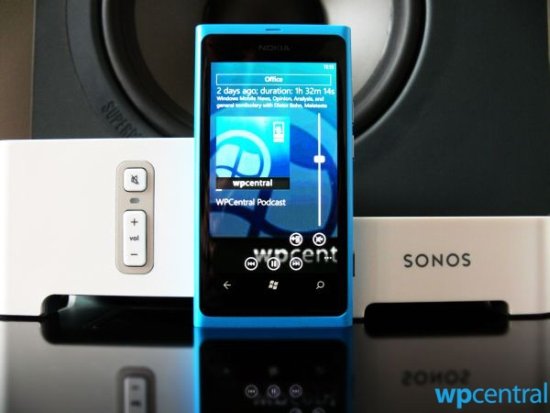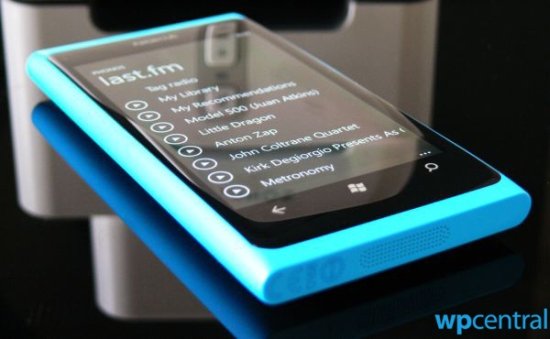Windows Phone App Review: Phonos - A Sonos Controller

The Sonos multi-room streaming music system is probably my favourite piece of musical gadgetry right now. I listen to a lot of music and it's often a pain to keep plugging in my phone or mp3 player into a system in each room. It took me plenty of deliberation, but eventually I succumbed to buying a few bits of the Sonos kit. Now I could have music playing throughout my small apartment. "Wonderful," I thought, until I realised there isn’t an official Sonos app for Windows Phone. Luckily, I found Phonos in the marketplace. How well does it stack up against the competition and of course the official offering from Sonos? Read on to find out..
Setup
Upon installing the app you’ll be taken through a painless setup procedure so that it can find your Sonos system. Just click Start and off you go; it will look for your system and you’re done. The official app would require you to hit a connect button on one of the Sonos players to pair the controller app, so in this regard it is actually a little easier.
In Use
The app itself moves along nice and quickly, getting the essential job of music selection and zone grouping (connecting Sonos players together to play the same source) done with little or no fuss. The main 'now playing' screen is where you will find all the controls needed for volume, for both individual rooms and the group. You are able to share what you're listening to via Twitter and Facebook. Sharing uses Windows Phones native 'post a message' functionality, meaning there’s no additional setup required in connecting your social networks. That kind of deep linking is exactly what I like to see.
Selecting a music source is handled by tapping the central cover art/album tile on the main screen. I found that a little counter-intuitive at first but once you know how it becomes second nature. I think a “select music source” button would have been far more discoverable. Sonos have been busy adding music services to their platform so now includes nine options you can stream through the player. Phonos currently supports three of these services: Last.fm, Rdio and Spotify. Those three certainly cover my own needs. If you were hankering after any of the others, you will have either to wait or grab the official app on another platform.
Improvements that I’d like to see, such as being able to skip, pause, and stop tracks from the lock screen are likely impossible due to how Windows Phone works. But we can all dream, right?
All the latest news, reviews, and guides for Windows and Xbox diehards.
Conclusion
Phonos fills a gap that is sadly left by the absence of an official Sonos offering. It does so extremely well. Whilst not as full featured as Sonos’s own app on other platforms, it does present the best experience you can get from any app currently in the Windows Phone marketplace by a wide margin. The UI is intuitive overall and offers quick and easy access to grouping and music selection. If cover art is available, it will display that as a background to the now playing screen. That looks very dapper and dare I say, does a better job than the Sonos offering elsewhere.
I have been to the marketplace and looked at user reviews. There is some angst at the price of $9.99 (£7.99 in the UK). For people that have just gone out and splurged around £500 on a streaming music system, £7.99 isn’t very much to ask. Considering how niche the market is for such a player, I’d expect it to come with a higher asking price. Having tried the other apps in the marketplace, I can say with confidence that Phonos is simply the best Sonos controller available for Windows Phone. It’s clear the developer is really keen to improve the app and support his users personally. That kind of support makes recommending this app even easier. If you have a Sonos system and a Windows Phone, Phonos is the app to get.
**UPDATE**
I wasnt able to see the full range of services supported by Phonos (geo fenced via Sonos). Happy to report the full list includeds; Pandora, Spotify, MOG, Last.fm, iheartradio and WiMP
Thanks to pinkfloyd01 who picked up on this in the comments!
For more information about the developer, see my interview with Andy Pennell.

Robert is a Former Contributor for Windows Central, covering hardware, software, and Windows Phone.



